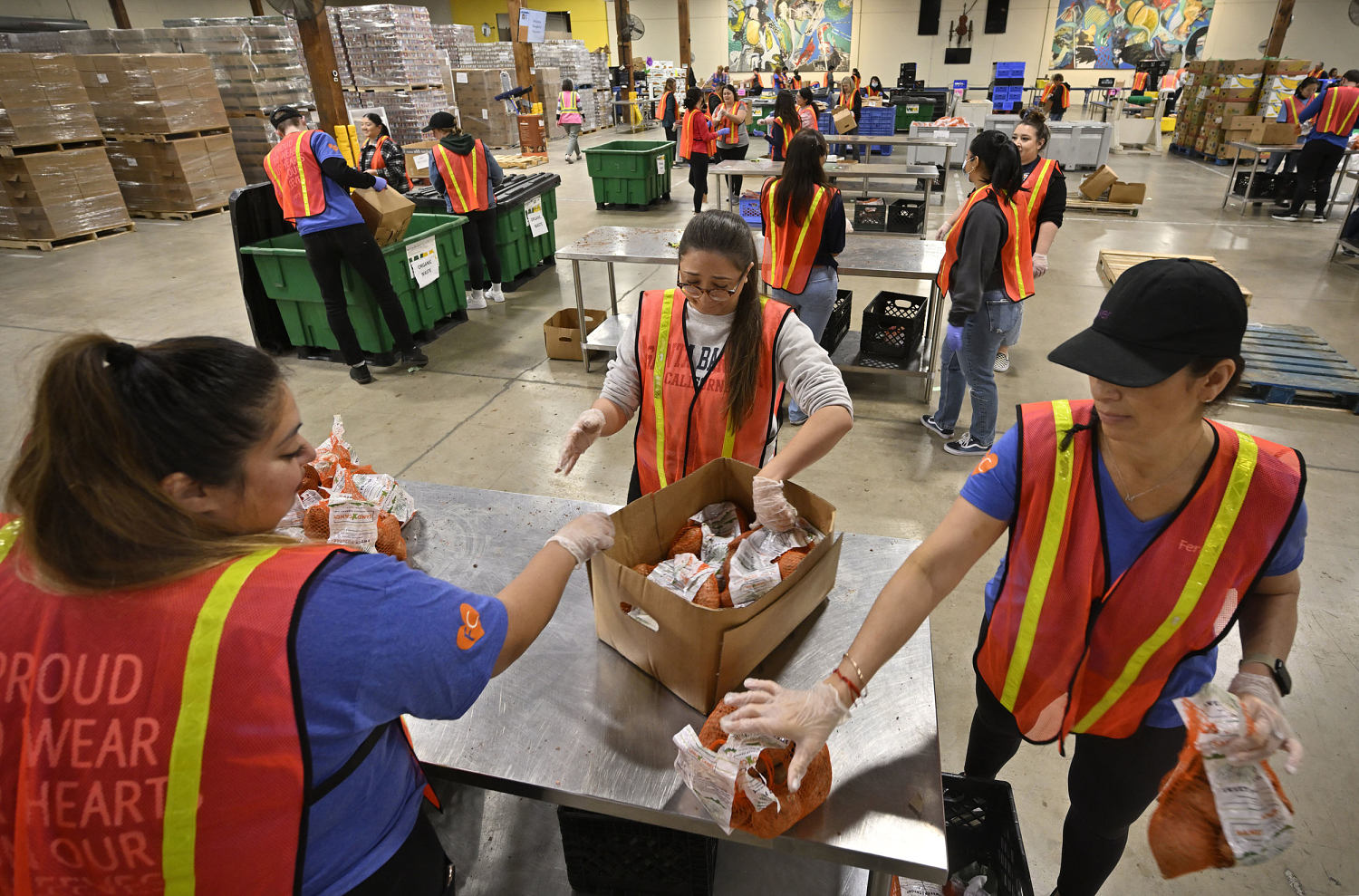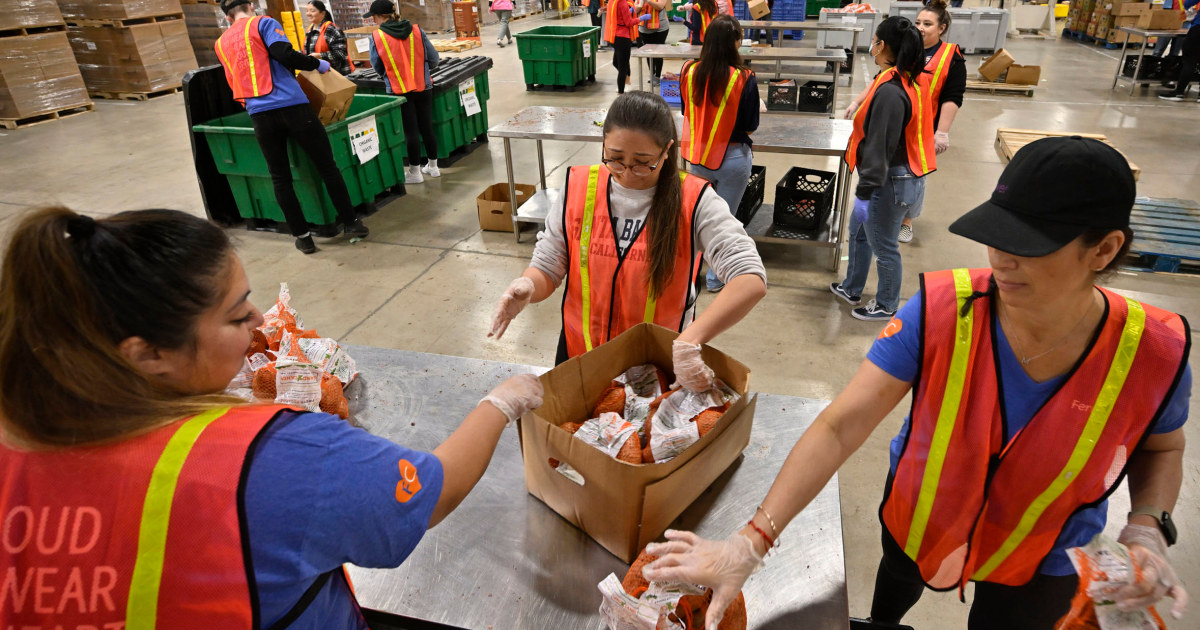[ad_1]

Millions more U.S. households had difficulty securing enough food in 2022 compared to the year prior, including 1 million more households with children, a bleak report from the U.S. Agriculture Department showed on Wednesday.
The increase interrupted a years-long trend of declining hunger in the United States. Previous reports from food banks and the U.S. Census Bureau have indicated that hunger is increasing as low-income Americans struggle to recover from the pandemic and from the end of expanded food assistance.
“The report is a stark reminder of the consequences of shrinking our proven safety net,” Agriculture Secretary Tom Vilsack said in a statement, calling the data “unacceptable.”
The USDA report, which did not provide an explanation for the rise, found that 12.8% of households — equivalent to 17 million households — struggled to get enough food in 2022, up from 10.2%, or 13.5 million households, in 2021.
Nearly 7 million households faced very low food security, meaning residents’ normal eating patterns were disrupted or food intake dropped because of limited resources, USDA said.
Food insecurity affected 3.3 million households with children at times during 2022, up from 2.3 million households with children in 2021.
All told, more than 13 million children, or 18.5% of the country’s child population, lived in food insecure households in 2022, the USDA report found.
The numbers alarmed child hunger advocates. Before the Covid-19 pandemic, there had been improvements toward addressing food insecurity among kids, said Lisa Davis, senior vice president of Share Our Strength, a national organization working to end childhood hunger and poverty.
When the pandemic hit, Davis said in a statement, the U.S. “mitigated what could have been a massive and long-lasting hunger crisis because of smart investments in critical government programs” such as the expanded Child Tax Credit and emergency allotments for the Supplemental Nutrition Assistance Program, or SNAP, formerly known as food stamps.
“All of that progress has been eroded since those investments have been rolled back,” she said. “Kids and families deserve better.”
Food insecurity fell steadily between 2011 and 2021 before spiking in 2022, the report showed.
Regular surveys by the Census Bureau since the start of the pandemic have also showed rising hunger. More than 27.6 million Americans reported experiencing food scarcity in the most recent survey, conducted between Sept. 20 and Oct. 2, up 9.5% from the start of the year.
Hunger could be exacerbated further if the government shutdown narrowly avoided in September comes to pass in November, anti-hunger groups warn.
The USDA said in September that the Women, Infants, and Children (WIC) program, for instance, would stop distributing benefits to its 7 million participants within days of a shutdown.
“Food insecurity is not inevitable; whether it rises or falls reflects the policy choices we make as a nation,” Georgia Machell, interim president & CEO of the National WIC Association, said in a statement. “It is imperative that Congress acts quickly to put the needs of children and families first and ensure that WIC always remains available for anyone eligible to participate.”
[ad_2]

Leave a Reply